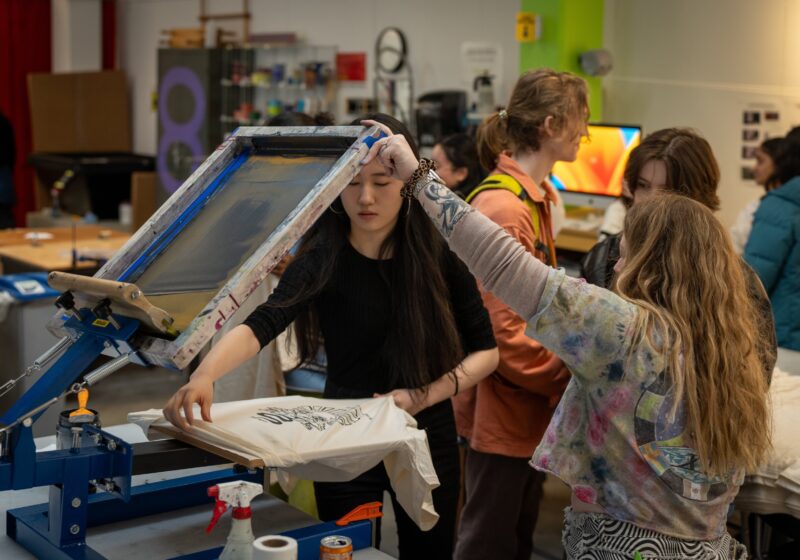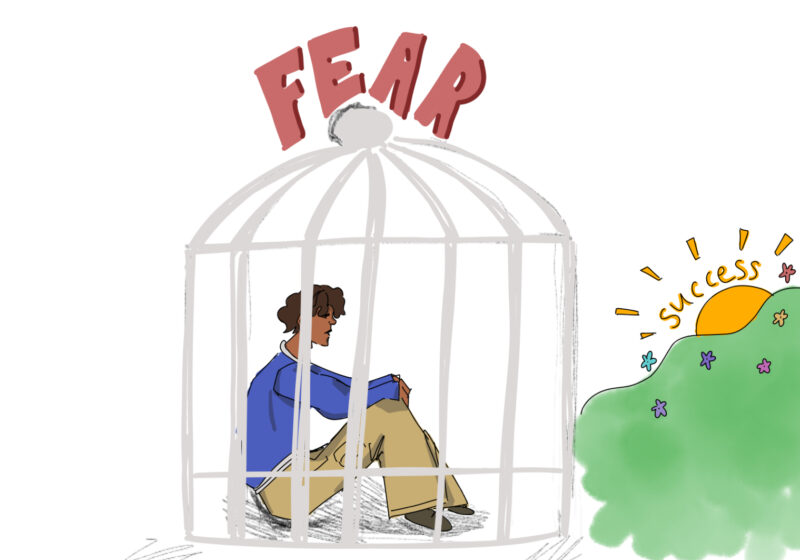UR students are no strangers to classic campus rumors. One of the most persistent is that of research monkeys in the basement of Meliora Hall.
“I’ve been hearing from friends who take classes in Meliora that there might be monkeys in the basement,” senior Elisa Barton said, when asked about the rumor. “I thought they were just kidding, but I don’t have classes in Meliora.”
Senior and brain and cognitive sciences (BCS) major Megan Runkle confirmed that she, too, had heard the claims. “I have heard it, and it’s definitely not a rumor,” Runkle said. “I work on the first floor of [Meliora Hall] and can hear them.”
“We have a huge animal research program at the University,” said Jeff Wyatt, Director of Laboratory Animal Medicine at the School of Medicine and Dentistry. “Most of the animals are over in the Kornberg Medical Research building, here in the medical school and on [the] River Campus.”
And the rumor is true: there are some primates housed in the basement of Meliora Hall, according to Wyatt. The animals are used primarily in cognitive research through the BCS department.
Over 70,000 animals exist on UR campuses for the purposes of research, and they range from small, typical research animals (like rodents) to bigger ones used in specific studies.
According to Wyatt, about 99 percent of these animals are mice that are genetically altered and more resemble or demonstrate health problems humans face, such as neurologic disorders or cardiovascular diseases.
There are also five to six rabbits housed in the school of medicine, which are being used for research in reproductive work and fetal and newborn health problems. Other animals include pigs used in pediatric pulmonary work because “they’re the right size of a child for looking at pulmonary function,” according to Wyatt, as well as six to seven cats. These cats, when their research purpose is finished, are usually adopted out. In fact, there is currently a waiting list for the cats.
Some animal-based research is also beneficial for the animals themselves. Take frogs, for instance. “We are studying their immune system,” Wyatt said. “There’s a global decline of frogs from a fungal infection called Chytridiomycosis. It’s causing an alarming global decline, and we’re trying to understand why” There are about 300–500 frogs currently used in research.
As for the monkeys, there are two types of primates currently used in research at the University: macaques and marmosets. There are 75 monkeys housed at UR for research purposes, most of which are located in the School of Medicine. They are primarily used in central nervous system development studies, as well as the study of how developmental disorders (such as autism) or degenerative disorders (such as Alzheimer’s) come about.
Regarding why he, a veterinarian, is okay with the use of animals in research, Wyatt brings up the research used to develop Gardasil, a vaccine used for the prevention of certain strains of the human papillomavirus (HPV), some of which cause cervical cancer. This vaccine, as of 2012, had cut rates of infection with certain types of HPV in half among American teenagers (from 11.5 percent to 4.3 percent) and by one-third in American women in their early twenties (from 18.5 percent to 12.1 percent), according to the Centers for Disease Control and Prevention.
Runkle, a self-proclaimed animal-rights activist, said she thinks differently.
“Ultimately, I still don’t think it’s right because the animals can’t consent,” she said. “We don’t use humans as subjects without informed consent, even if the research could have serious benefits.”
“I don’t mean to say that animals are more important than people, which is how that sometimes gets skewed,” she added. “It’s just that animals are also important, and I believe they deserve a life of their own just like we do. I just don’t subscribe to the belief that animals are ours to use for our benefit.”
The animals are not open for anyone to see or interact with—except for those involved in the research.





